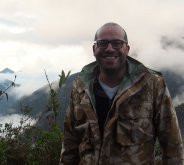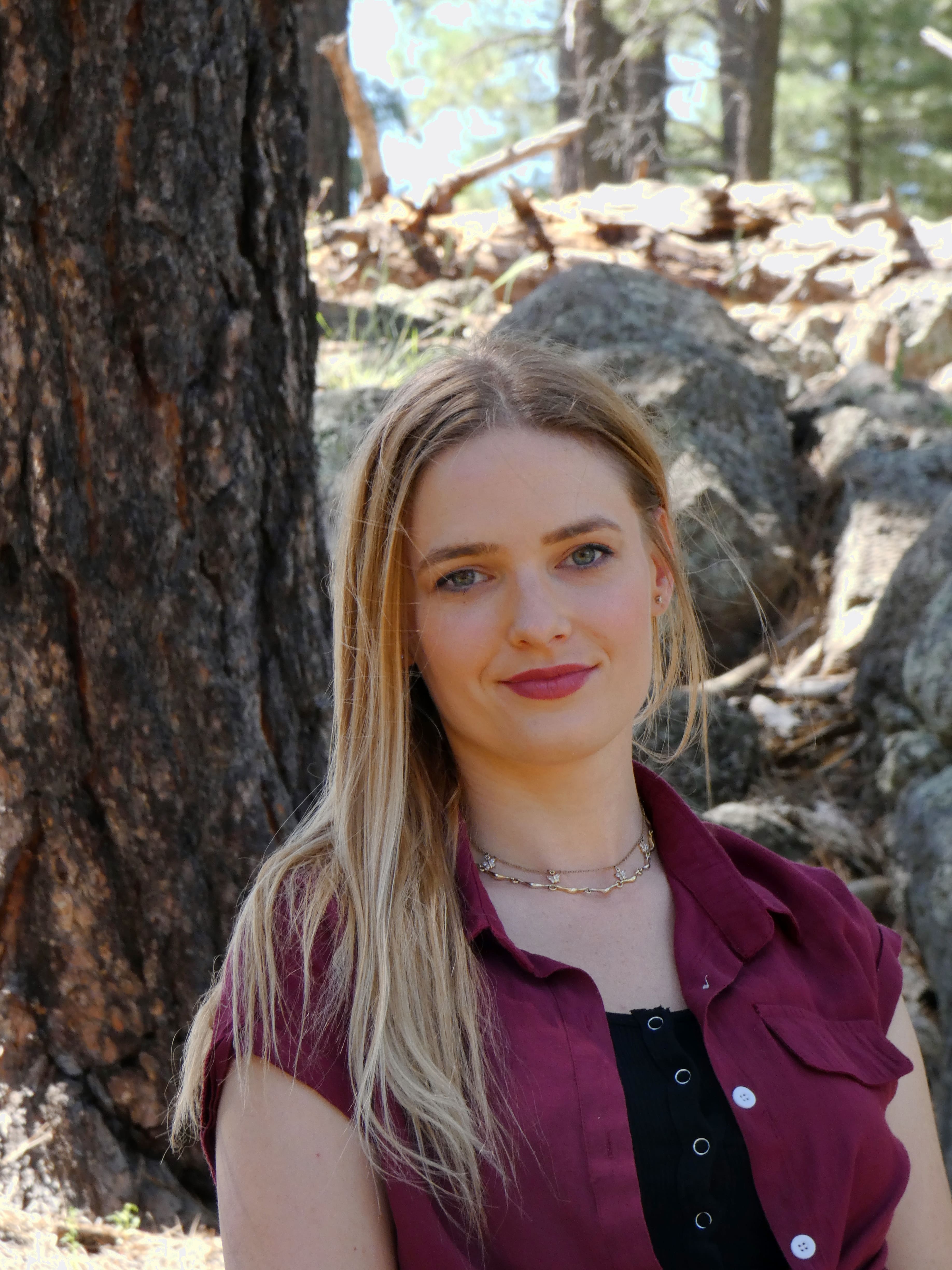Terresterial Biodiversity
Climate Change
AXA Projects
United Kingdom
Risks to the stability of carbon in tropical peatlands experiencing deforestation and drainage: Quantifying greenhouse gas exchange in response to change
We already know that GHGs are emitted from tropical wetlands both by air and in the water, as carbon leaches into rivers from the soil. Yet, how this plays out in the wake of deforestation and fire has been little studied. Dr. Gauci believes that, by overlooking this GHG escape route, we are significantly underestimating how much reaches the atmosphere, where it may contribute to climate change. His team has developed techniques to measure the GHGs – in this case, carbon dioxide and methane – escaping at the water’s surface and from a little known methane emission pathway, tree stems. Their current project on the island of Borneo will determine the contribution to atmospheric levels of these gases, versus how much remains in the water, where it may head, instead, into the deep ocean.
Dr. Gauci is comparing these measurements across wetlands in different states of transformation, from pristine to deforested and burned. Data collected so far demonstrate that there are significant differences in the amount of carbon dioxide being emitted from channels draining wetlands in different states of transformation. By precisely quantifying the impact of human transformation of the land in these important, productive ecosystems, Dr. Gauci’s team is producing knowledge that could prove vital for policymakers deciding how and where land will be used by people or, on the contrary, preserved.
Carbon in the Air and Water: When Tropical Wetlands are Transformed
To add or modify information on this page, please contact us at the following address: community.research@axa.com

Vincent
GAUCI
Institution
The Open University
Country
United Kingdom
Nationality
British
Related articles
Climate Change
Post-Doctoral Fellowship
Hungary
How Will Climate Change Affect Bird-Spread Diseases
Expected start date:Aug-2023 Human, animal, and environmental health are interconnected. Climate change may alter the transmissions of diseases that can... Read more

Tamara
SZENTIVANYI
Center for Ecological Research
Marine Biodiversity
Climate Change
Post-Doctoral Fellowship
Spain
Climate-Smart Strategies to Develop Resilience in Artisanal Fisheries of Mediterranean Marine Protected Areas
Determining the climate risk exposure of marine ecosystems is crucial to develop strategies that will strengthen communities’ resilience. Studies have... Read more

Marina
SANZ MARTíN
.thumbnail.jpg)